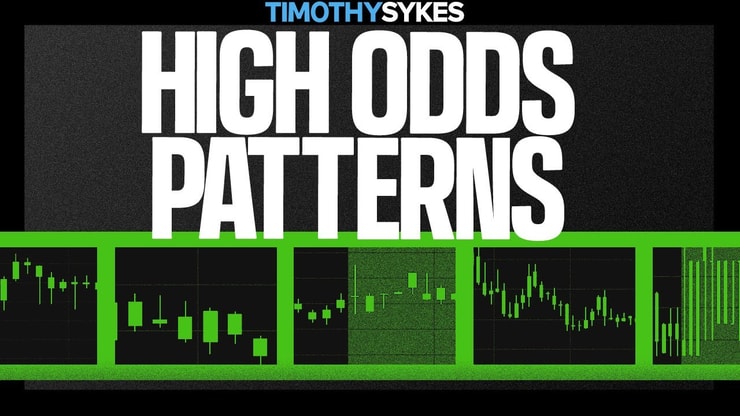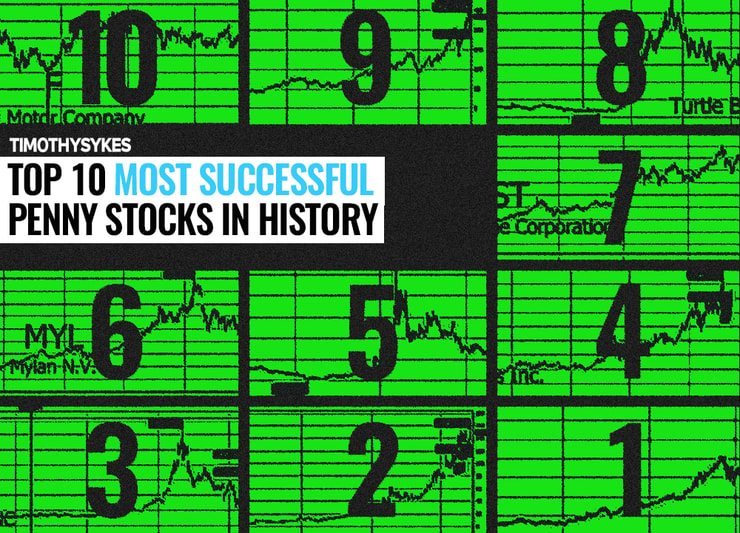This is the schedule to have right now!
We’re seeing sooooo many premarket spikers. And you don’t need to wait for regular hours to trade them.
Take advantage of the price action while it’s hot, then go about your day.
This is why I say that trading is a perfect side hustle. People can keep their day job and pay attention to the market when they have free time.
Let’s say someone works a 9 – 5 job. No problem …
The market opens for intraday hours at 9:30 A.M. Eastern. But premarket hours start at 4 A.M. Eastern …
And within that time frame we see some INSANE stock spikes.
Look at Auddia Inc. (NASDAQ: AUUD) from Monday of this week, it spiked 300% and started in premarket around 8:00 A.M. Eastern. On the chart below, every candle represents 2 minutes:

Or Laser Photonics Corporation (NASDAQ: LASE) which spiked 200% on Tuesday and also started in premarket. There’s another two-minute candle chart below:

Or Marin Software Incorporated (NASDAQ: MRIN) which spiked 210% on Wednesday after announcing news and spiking on Tuesday during after hours. There’s a 2-minute candle chart below:

Technically you could trade the after hours spikes too …
It’s all about what works for your schedule.
Here’s How We Profit

2025 Millionaire Media, LLCI’m not the only one trading premarket spikers.
See the Tweet that I reposted below:
Nice work, Karina, I snagged some of my own Adial Pharmaceuticals Inc. (NASDAQ: ADIL) profits after the market opened. See my trade notes below, with a starting stake of $10,300:

These trade opportunities are open for anyone who can recognize the price action.
It’s not rocket science, but it DOES take some getting used to. That’s why I write these blog posts and hold live trading streams. It’s my effort to give new traders enough market exposure to eventually capitalize off of these plays
So far it seems to be working! I have over 30 millionaire students and that number keeps growing.
To start, one of the biggest things a new trader should learn is the consistency of adaptability.
Here’s What That Means:

2025 Millionaire Media, LLCPremarket spikers haven’t always been hot like this. Before this trend, we’ve seen stocks make bigger moves intraday.
But premarket spikes are what’s working right now, so that’s what we pay attention to.
Don’t worry, the patterns we use to trade are always the same. People behave predictably so we can always use the same trading framework that’s influenced by human nature.
It’s just a matter of when the stocks will spike and how high.
That’s why we sometimes have to adapt to catch the best moves. Our trading patterns help us to navigate the otherwise murky waters of volatile price action.
In the video below I explain a key trading pattern that’s working right now. With examples!
Notice, I’m not trying to take the entire spike. I just want the most predictable* part of the run. Then I can move to the next spiker and do it all over again.
Take it one setup at a time. My trading career is a marathon, not a sprint. And every profitable trade adds up.
See my profit chart below:

Follow my lead. I’ll show you the best profit opportunities for small-account traders right now.
Cheers.
*Past performance is not indicative of future results.









Leave a reply